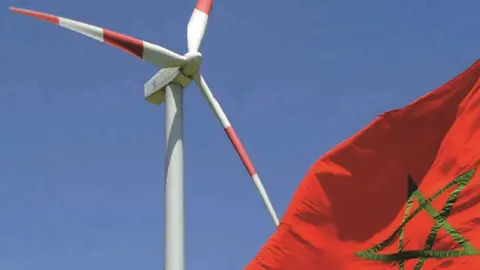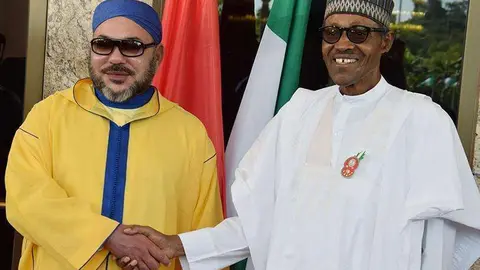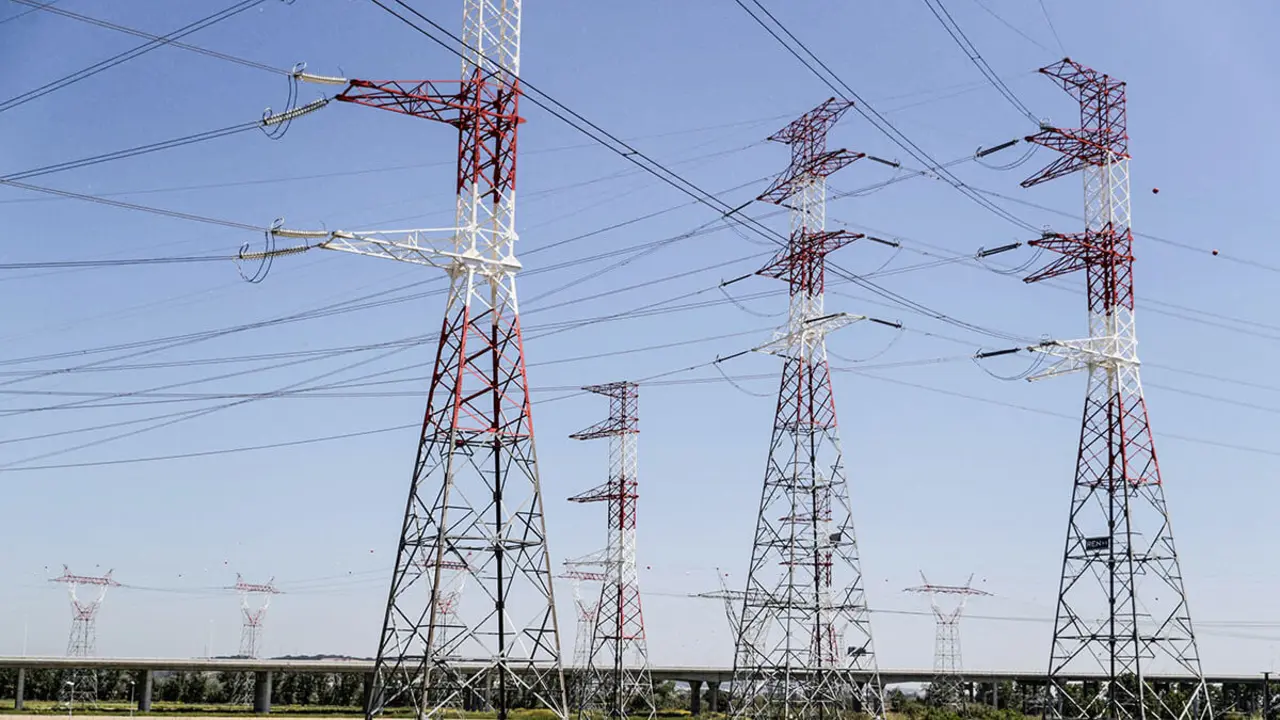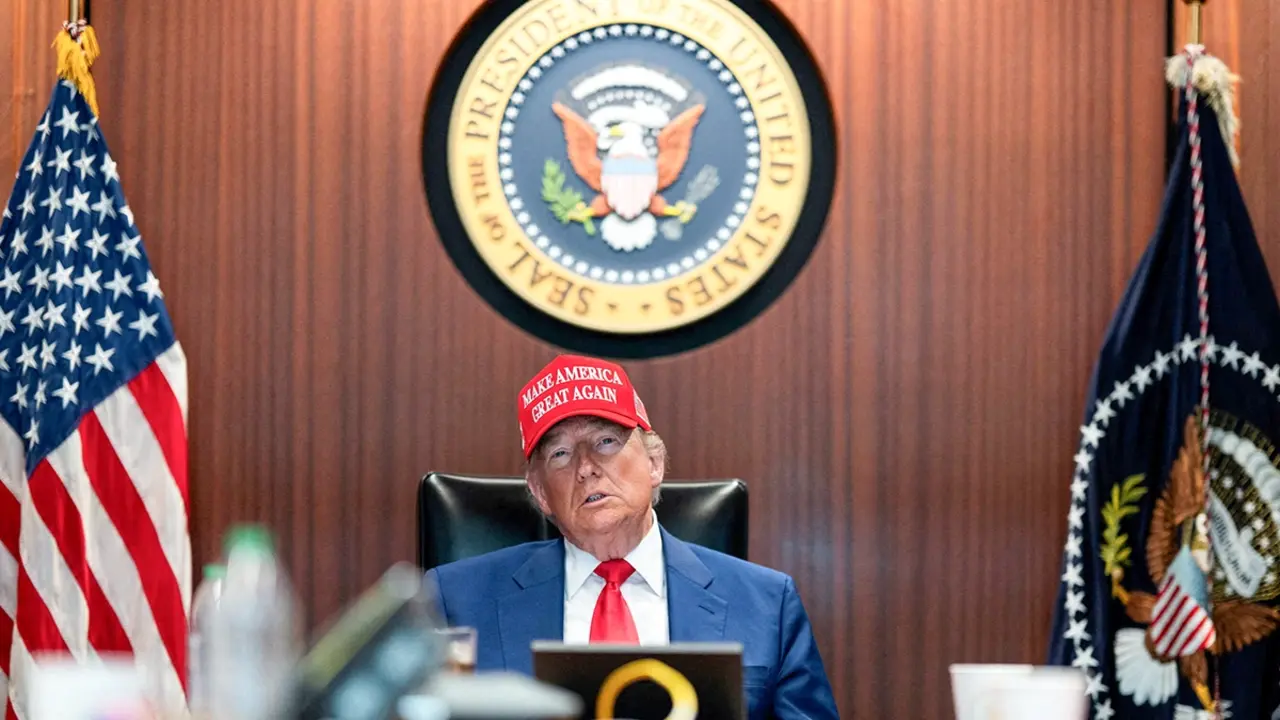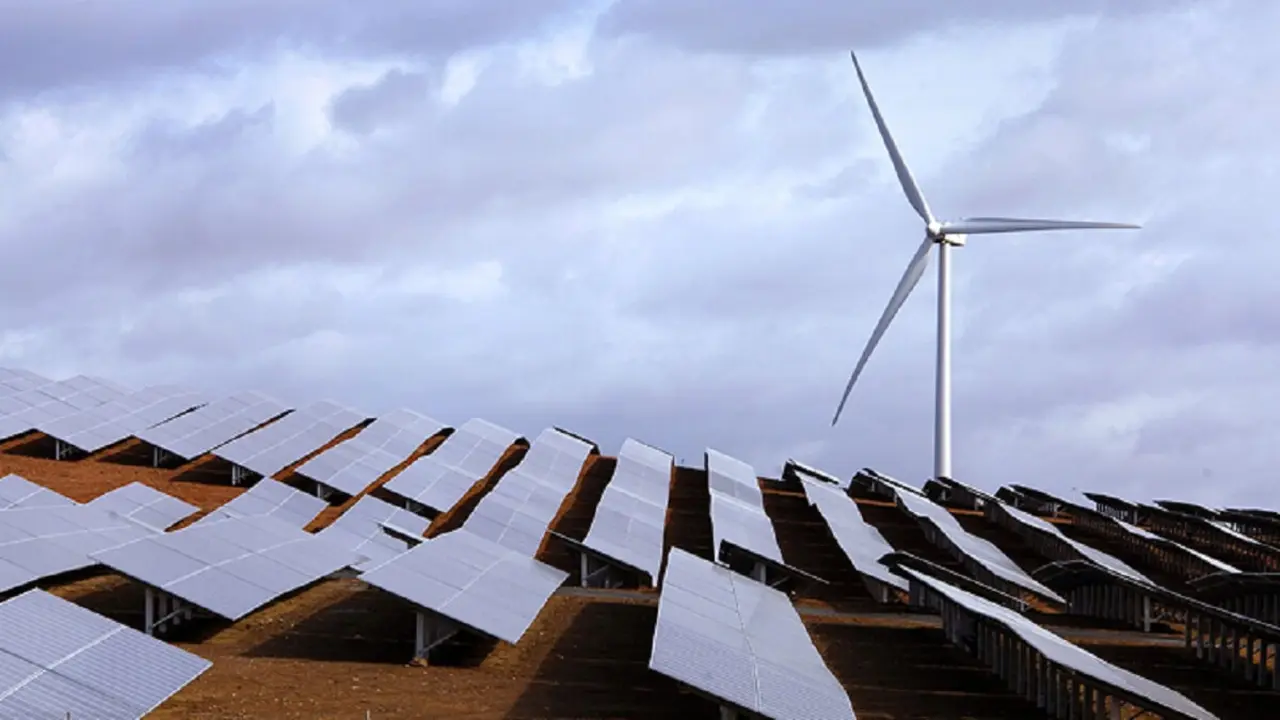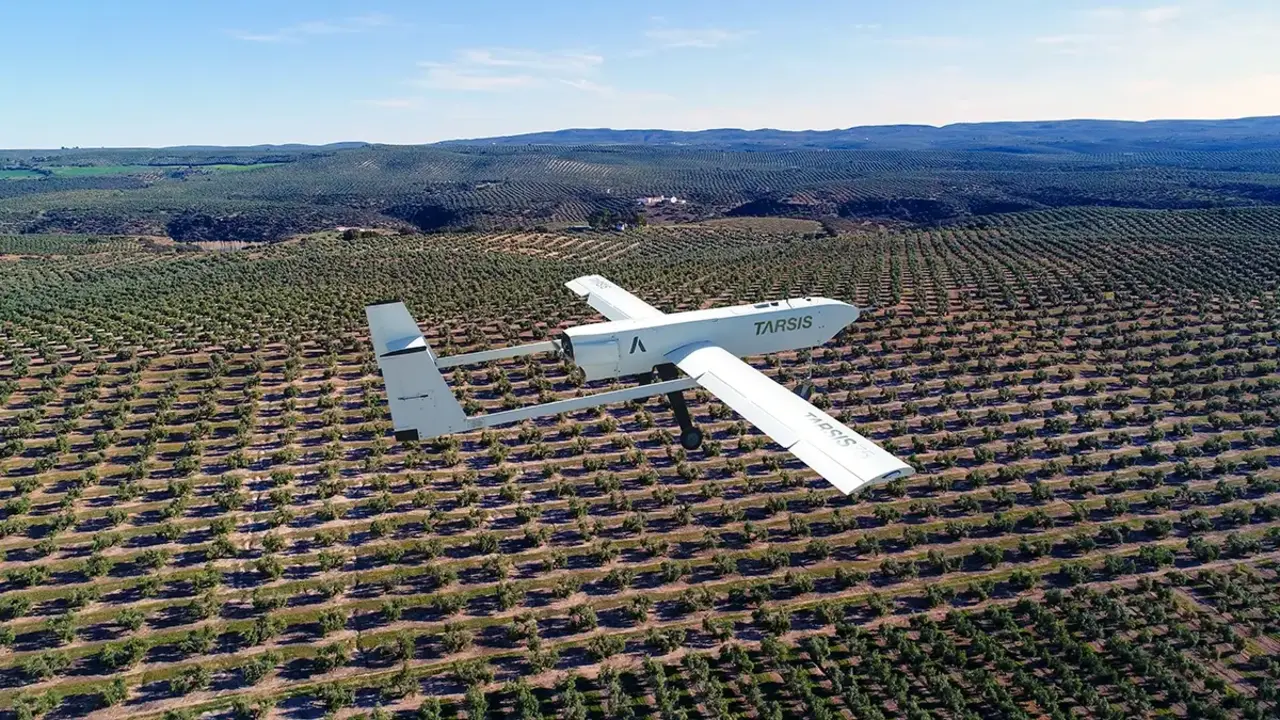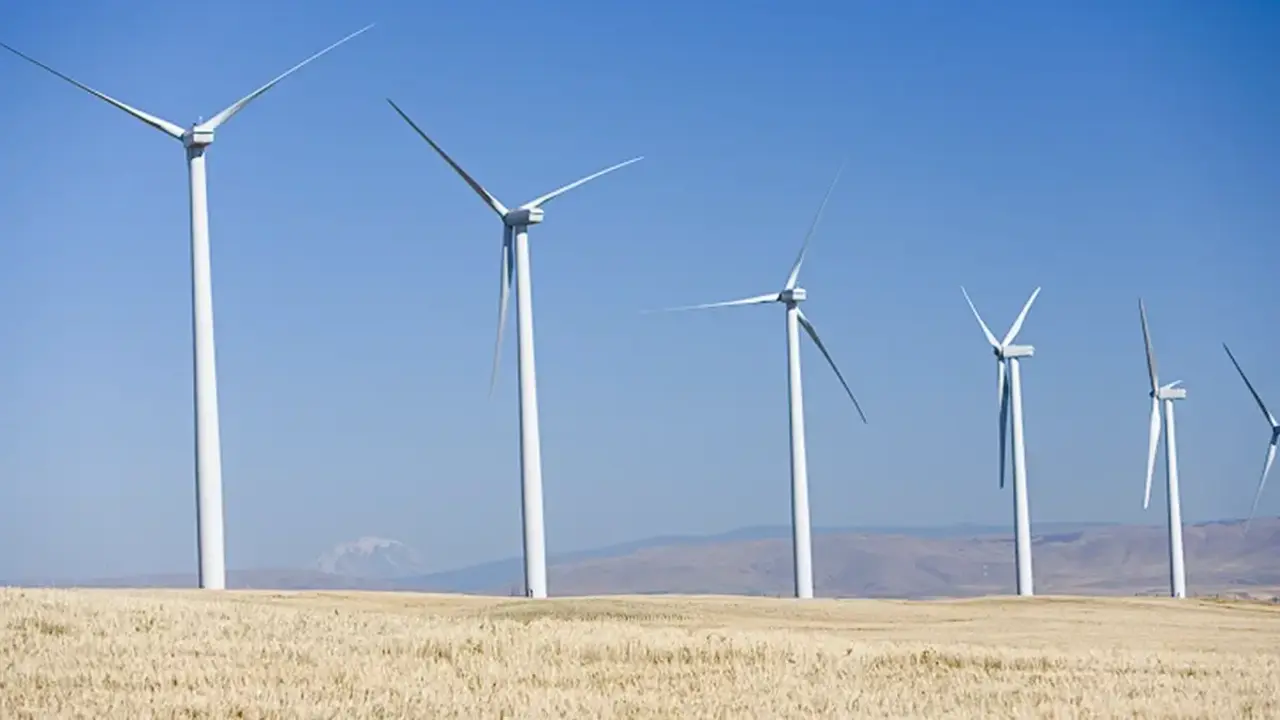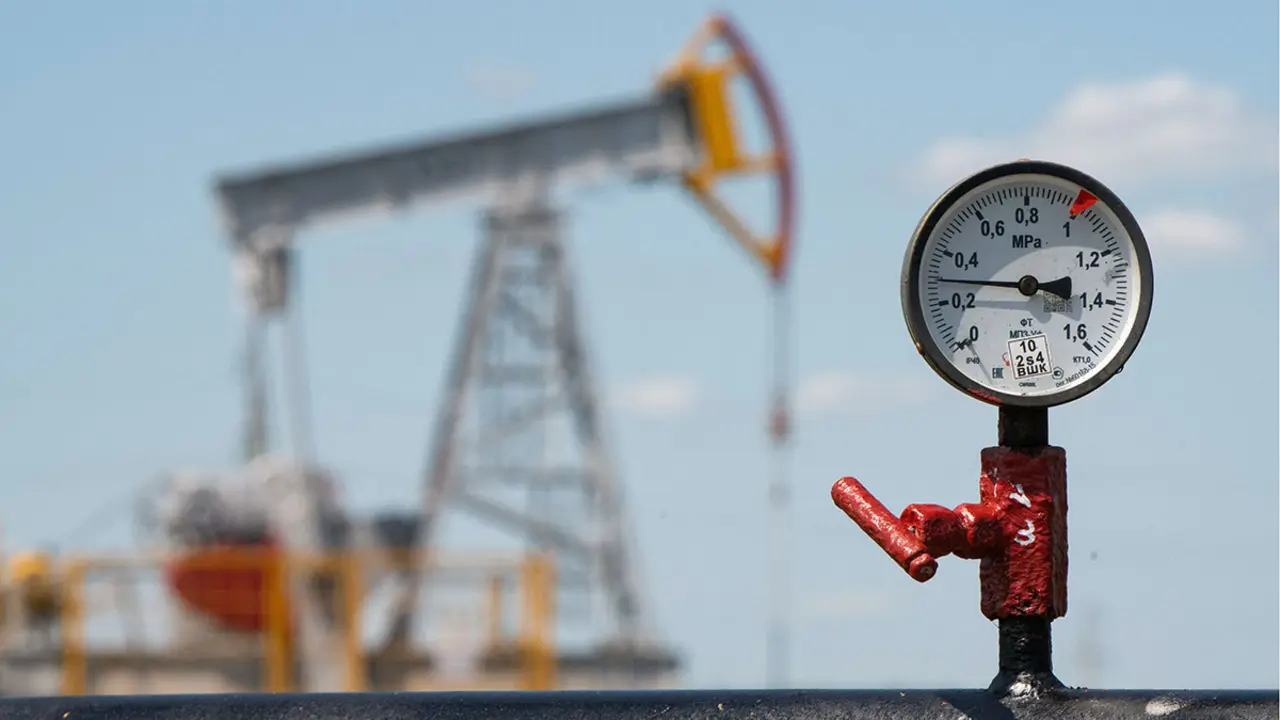Morocco moves towards energy self-sufficiency with new gas projects
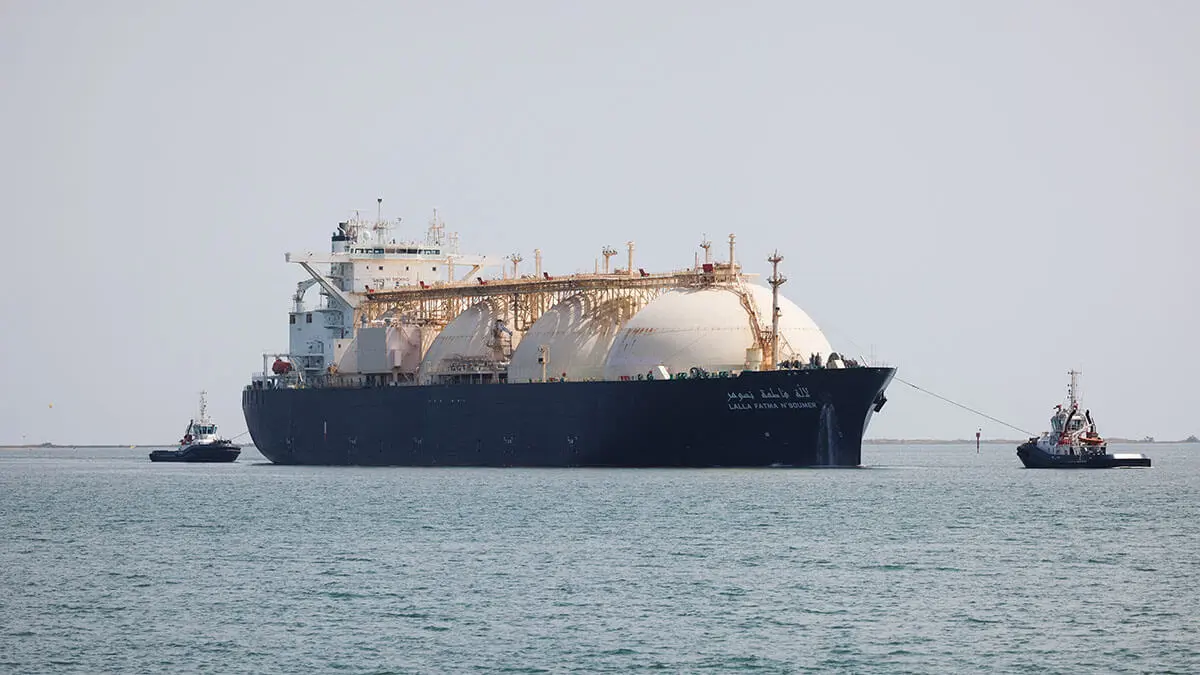
Morocco is taking a significant step towards reducing its energy dependence with the development of two ambitious natural gas production projects, which together have an estimated potential of more than 28 billion cubic metres. These initiatives, currently in advanced stages, could take the country to a new level of energy self-sufficiency in the coming years.
As Al Arab points out, the largest project is led by UK-based Energean, which has an exploration licence in the Anchoa field, off the Atlantic coast. This field, the country's largest undeveloped discovery, has proven reserves of 18 billion cubic metres of gas. The second initiative, located in the onshore Tendrara field in eastern Morocco, is owned by a local mining company, which recently acquired a stake from UK-based Sound Energy. This field has resources estimated at 10.67 billion cubic metres.
Despite the enthusiasm, Moroccan authorities remain cautious about the announcements by foreign fossil fuel exploration companies, as none of these projects have yet entered the commercial production phase. However, the Anchoa and Tendrara fields are considered by the Ministry of Energy Transition and Sustainable Development as the most promising for securing future gas production.
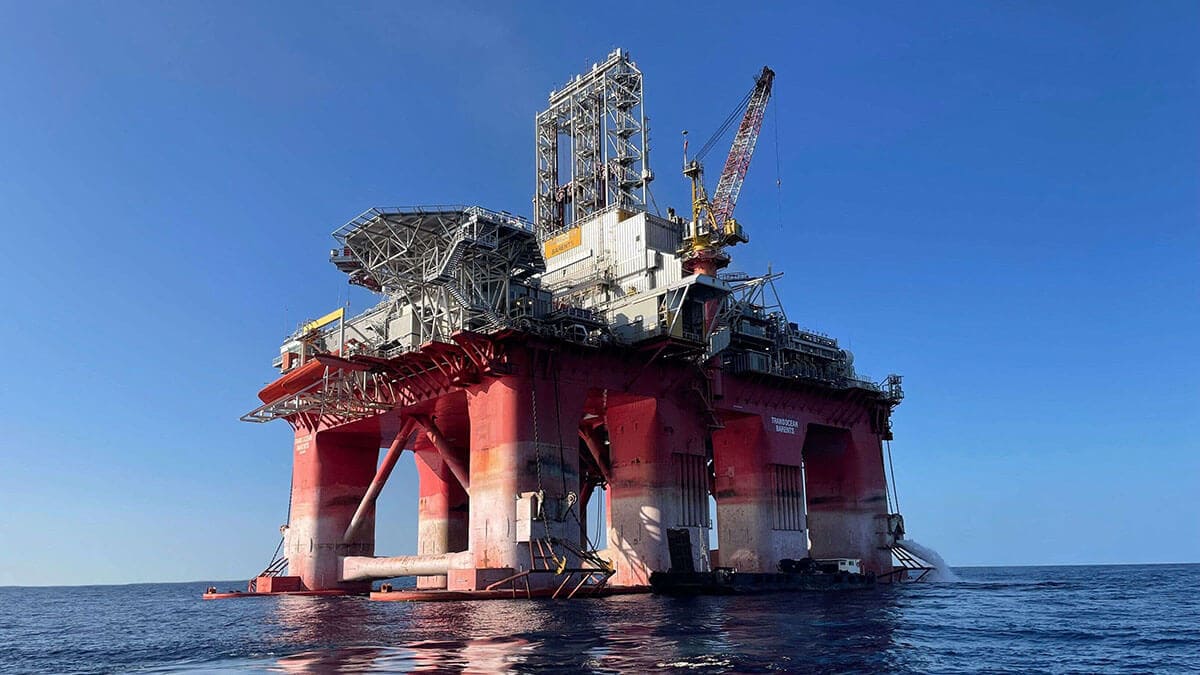
Currently, Morocco's domestic natural gas production is limited, with just 100 million cubic metres per year from small fields. The country imports most of its needs, around 1 billion cubic metres per year, through the international market, with an infrastructure that facilitates imports from Spain via a pipeline.
Historically, Morocco depended on Algerian gas for electricity production, especially through the Maghreb-Europe pipeline. However, the deterioration of diplomatic relations between the two countries in 2021 led to the interruption of supplies, making the need for its own energy sources even more urgent.
The Anchovy project reached an important milestone last week with the start of drilling operations by the Stena Forth vessel, Energean announced. This phase is crucial to gather the necessary data to make the final investment decision and move towards commercial production, scheduled for 2026. Adonis Pouroulis, CEO of Chariot Energy, stressed that hundreds of millions of dollars in investments will be required with various partners to achieve this goal.
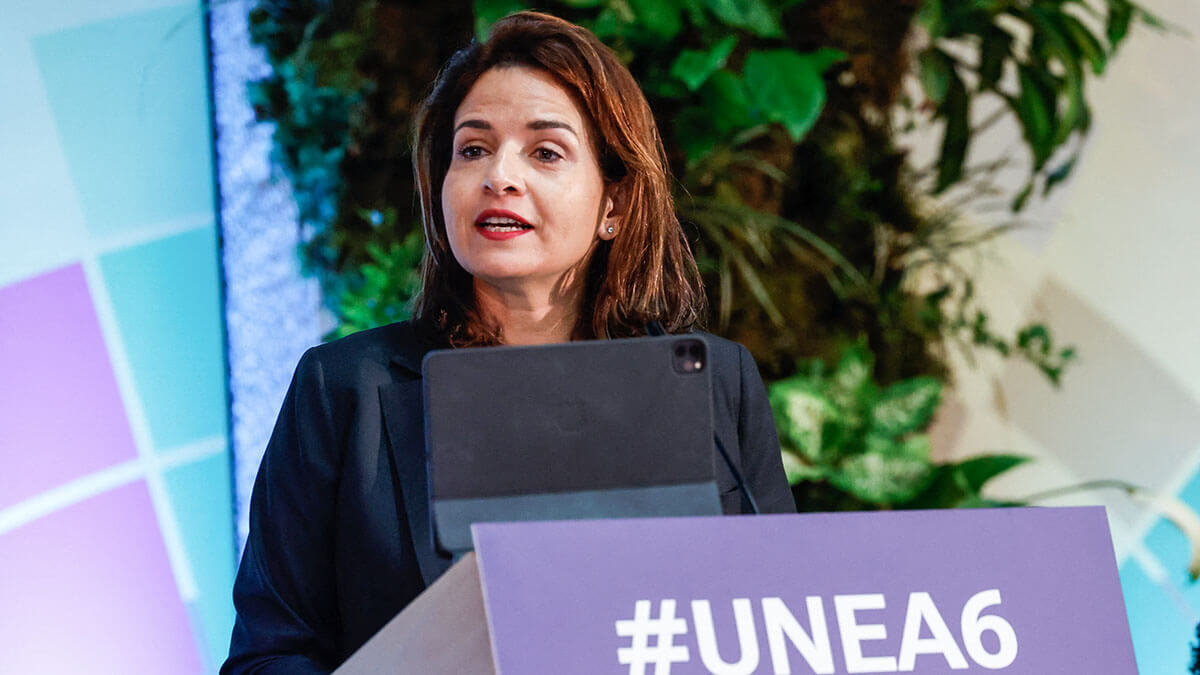
The Tendrara project has also taken important steps. In June 2023, Managem, a company specialising in the extraction of precious metals in Africa, acquired a 55% stake in the project, which covers an area of 23,000 square kilometres. This stake is in addition to the 20% held by Sound Energy, while the remainder belongs to the National Bureau of Hydrocarbons and Mines. Imad Toumi, CEO of Managem, stressed that this investment will contribute to supplying clean energy to the local industrial sector, while strengthening the country's energy sovereignty.
The discovery of large gas reserves in the Inzegane offshore field off the coast of Agadir, announced by Europa Oil & Gas in 2021, also fuels Morocco's hopes for sustainable revenues in the future. These reserves, which exceed two billion barrels of oil equivalent, could play a key role in the Moroccan economy once production operations begin.
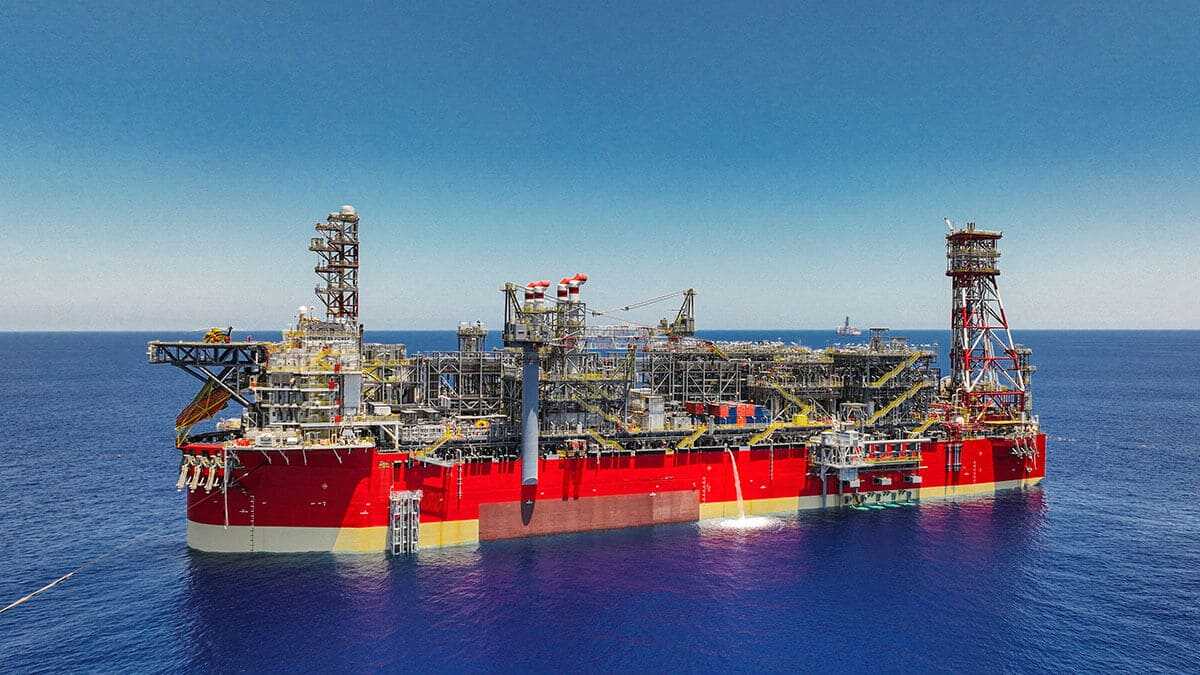
With Morocco's gas consumption expected to rise from 1.1 billion cubic metres next year to 1.7 billion by the end of the decade and 3 billion by 2040, increasing domestic production has become a strategic goal. Energy Transition Minister Leila Benali recently stated that the country aims to increase its production to 400 million cubic metres per year in the coming years, up from 100 million cubic metres at present, which would cover 40 per cent of domestic consumption.
As part of its long-term strategy, Morocco plans to modernise its pipeline and port infrastructure to ensure stable supplies from abroad. In June 2023, the Ministry of Energy Transition signed an agreement with the World Bank's International Finance Corporation to develop a sustainable gas infrastructure through a public-private partnership, in line with the government's roadmap.
These efforts are part of the country's green transformation plan, which aims for clean energy to account for more than half of Morocco's electricity production capacity by the end of the decade. With these projects, the country is not only moving towards energy self-sufficiency, but also reinforcing its commitment to reducing carbon emissions.


